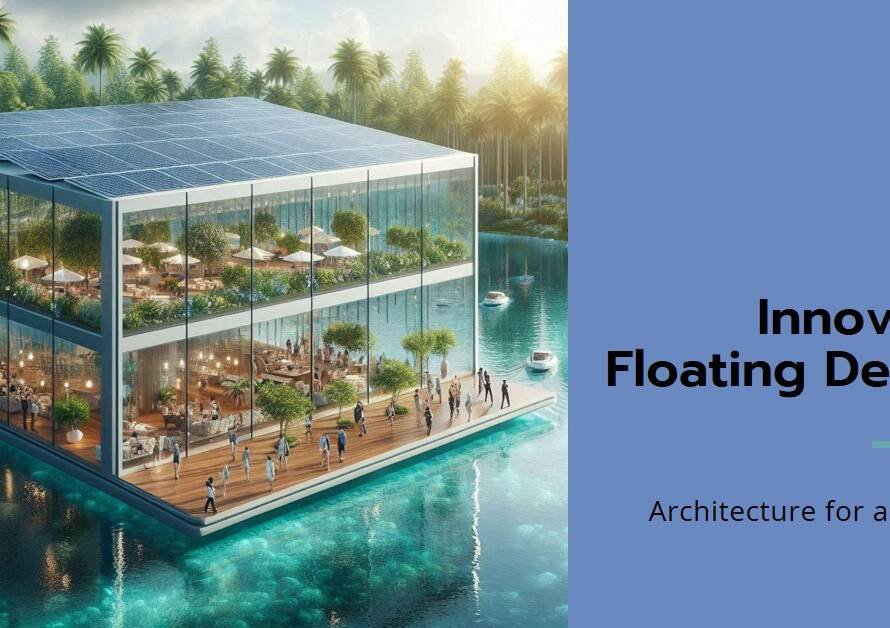
Table of Contents
- Introduction: The Art of Outdoor Harmony
- The Foundation: Understanding Exterior Design Principles
- Landscaping Basics: Setting the Stage
- Color Coordination: Creating Visual Continuity
- Texture and Materials: Enhancing Visual and Tactile Appeal
- Symmetry and Balance: Achieving Visual Harmony
- Functional Spaces: Merging Aesthetics with Utility
- Lighting: Illuminating the Landscape
- Water Features: Adding Serenity and Elegance
- Seasonal Interest: Ensuring Year-Round Appeal
- Conclusion: Creating a Unified Outdoor Experience
Introduction: The Art of Outdoor Harmony
Creating a cohesive and aesthetically pleasing exterior design goes beyond the architecture of a building. It involves seamlessly integrating the built environment with the surrounding landscape. Blending exterior design with landscaping is an art that enhances the beauty and functionality of any property, making it more inviting and enjoyable. This blog post explores the various facets of this integration, offering insights and ideas to achieve a harmonious outdoor space.
The Foundation: Understanding Exterior Design Principles
To begin with, understanding the principles of exterior design is crucial. Exterior design focuses on the visual appeal and structural elements of a building. Key aspects include the facade, rooflines, windows, doors, and materials used. A well-designed exterior not only enhances curb appeal but also reflects the personality and style of the occupants.
Transitioning from the structural aspects to the aesthetic, exterior design principles also emphasize color schemes, textures, and symmetry. These elements create a visual balance that is pleasing to the eye. By mastering these principles, one can create a solid foundation for integrating landscaping elements.
Landscaping Basics: Setting the Stage
Landscaping is the process of designing and arranging outdoor spaces to enhance their aesthetic and functional qualities. It encompasses a wide range of elements, including plants, trees, shrubs, flowers, walkways, patios, and water features. Understanding the basics of landscaping is essential for creating a cohesive design that complements the exterior of a building.
One fundamental principle of landscaping is the concept of unity. Unity ensures that all elements of the landscape work together to create a harmonious whole. This can be achieved through consistent use of colors, textures, and forms. Additionally, landscaping should consider the natural environment, ensuring that plants and materials are suited to the local climate and soil conditions.
Color Coordination: Creating Visual Continuity
Color plays a significant role in both exterior design and landscaping. Coordinating colors between the building’s exterior and the landscape can create a seamless transition and enhance visual continuity. The color palette chosen for the exterior of the house should complement the colors of the plants and hardscape elements in the landscape.
For instance, if the exterior of the house features warm earth tones, incorporating plants with foliage and flowers in similar hues can create a cohesive look. Conversely, using contrasting colors can make certain elements stand out, adding visual interest. It’s important to consider seasonal changes in the landscape, ensuring that the color scheme remains appealing throughout the year.
Texture and Materials: Enhancing Visual and Tactile Appeal
Texture and materials are crucial in creating a rich and engaging outdoor space. The texture refers to the surface quality of materials, which can be smooth, rough, glossy, or matte. Incorporating a variety of textures in both the exterior design and landscaping can add depth and interest.
Materials such as wood, stone, brick, and metal can be used in both the building and landscape elements. For example, a stone facade can be complemented by a stone pathway or retaining wall in the garden. This repetition of materials creates a sense of cohesion and enhances the overall aesthetic appeal of the property.
Symmetry and Balance: Achieving Visual Harmony
Symmetry and balance are essential principles in both exterior design and landscaping. Symmetry involves mirroring elements on either side of a central axis, creating a formal and orderly look. Balance, on the other hand, can be achieved through the distribution of visual weight, ensuring that no area of the design is overly dominant or underwhelming.
Incorporating symmetrical elements, such as evenly spaced windows or matching garden beds, can create a sense of order and elegance. Meanwhile, asymmetrical balance can be used to create a more dynamic and natural feel, using elements of varying sizes and shapes to achieve equilibrium.
Functional Spaces: Merging Aesthetics with Utility
A well-designed outdoor space should be both beautiful and functional. Merging aesthetics with utility involves creating areas that are not only visually appealing but also serve practical purposes. This can include outdoor living spaces, dining areas, play zones, and gardens.
When planning these functional spaces, it’s important to consider how they will be used and how they can complement the overall design. For example, an outdoor dining area can be positioned near the kitchen for convenience, while a cozy seating area can be placed to take advantage of a scenic view. Incorporating features such as pergolas, fire pits, and water elements can enhance both the beauty and functionality of these spaces.


Lighting: Illuminating the Landscape
Outdoor lighting is a critical component of blending exterior design with landscaping. Proper lighting can highlight architectural features, illuminate pathways, and create ambiance in outdoor living areas. It extends the usability of outdoor spaces into the evening and enhances safety and security.
There are various types of outdoor lighting to consider, including pathway lights, spotlights, and ambient lighting. Incorporating lighting that complements the exterior design and landscape can create a cohesive look. For instance, using fixtures that match the style and materials of the house can enhance the overall aesthetic.
Water Features: Adding Serenity and Elegance
Water features, such as fountains, ponds, and waterfalls, can add a sense of tranquility and elegance to any landscape. These features can serve as focal points in the garden, drawing the eye and providing a soothing auditory element. Integrating water features with the exterior design can create a seamless transition between the built environment and nature.
When incorporating water features, it’s important to consider the scale and style of the house. A large, ornate fountain might complement a grand, traditional home, while a sleek, modern water wall might be better suited to a contemporary design. Additionally, the placement of water features should be strategic, ensuring they are visible and accessible from key areas of the house and garden.
Seasonal Interest: Ensuring Year-Round Appeal
To maintain a visually appealing and functional outdoor space throughout the year, it’s important to consider seasonal interest. This involves selecting plants and design elements that provide color, texture, and visual interest in every season.
For instance, incorporating evergreen plants can ensure that the landscape remains lush and green even in winter. Deciduous trees and shrubs with interesting bark or winter berries can add visual interest during the colder months. In the spring and summer, a variety of blooming plants can provide vibrant colors and fragrances, enhancing the overall appeal of the landscape.
Conclusion: Creating a Unified Outdoor Experience
Blending exterior design with landscaping is a multifaceted process that involves careful planning and consideration of various elements. By understanding and applying principles such as color coordination, texture, symmetry, and functionality, one can create a harmonious and aesthetically pleasing outdoor space. Lighting, water features, and seasonal interest further enhance the integration, ensuring that the property remains beautiful and enjoyable throughout the year.
Ultimately, the goal is to create a unified outdoor experience that enhances the beauty and functionality of the property, reflecting the style and personality of the occupants while harmonizing with the natural environment. Through thoughtful design and attention to detail, it’s possible to achieve an outdoor space that is both inviting and inspiring.


